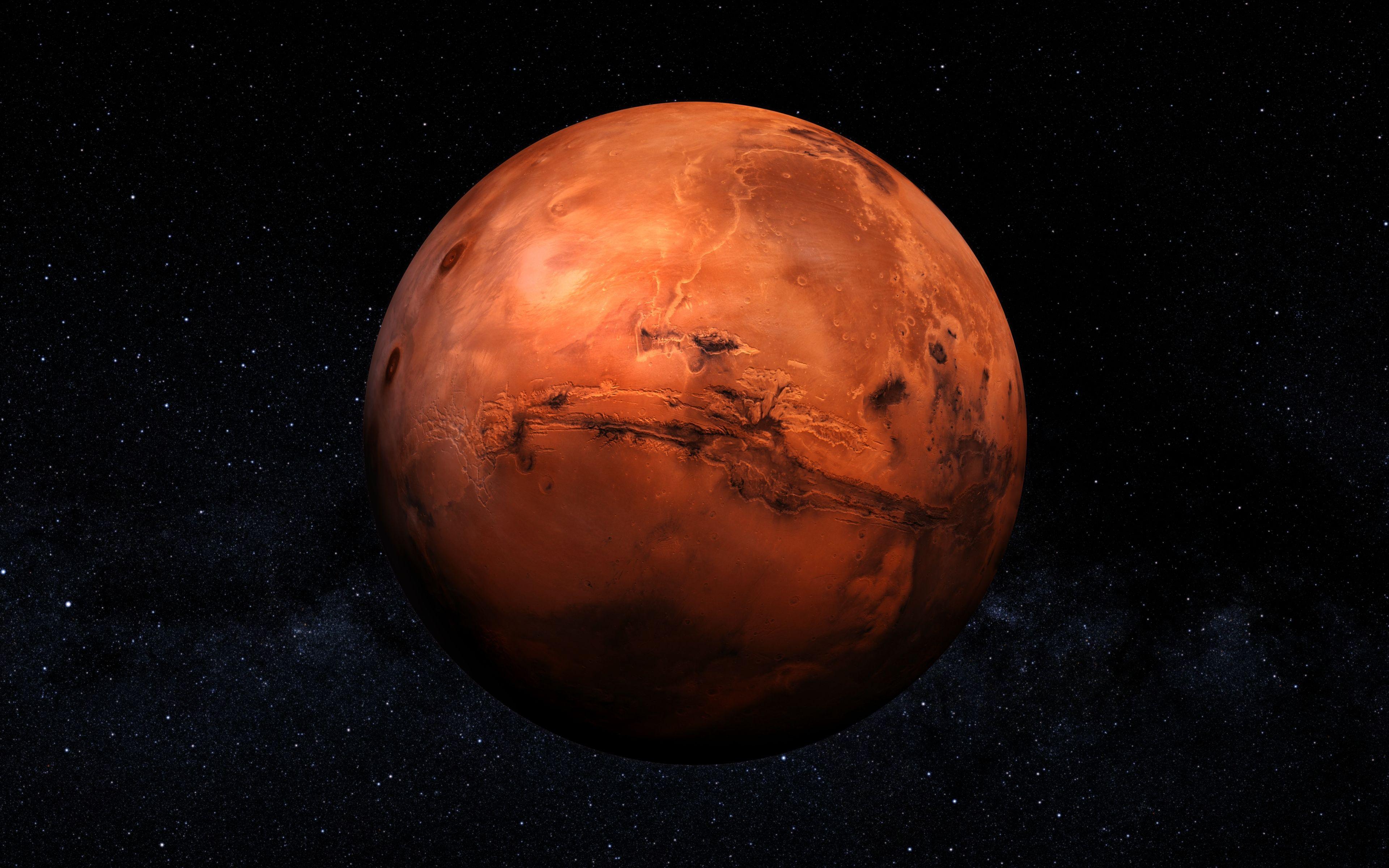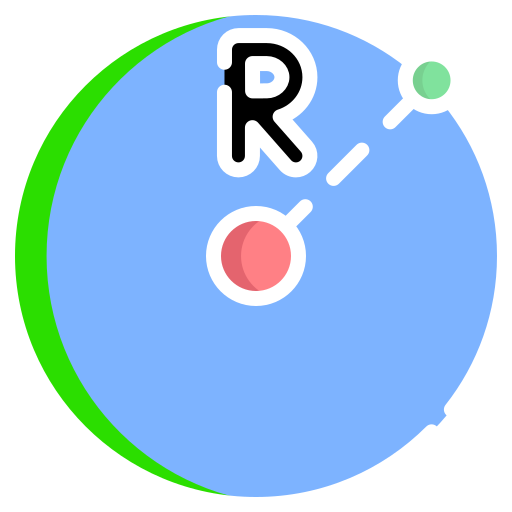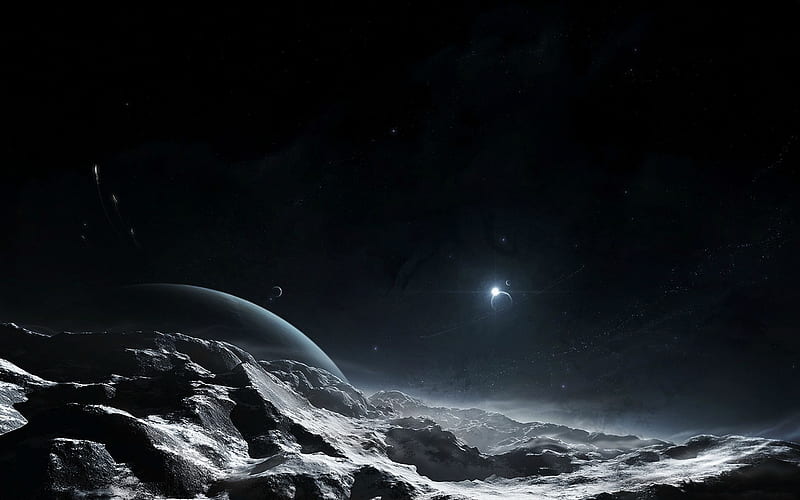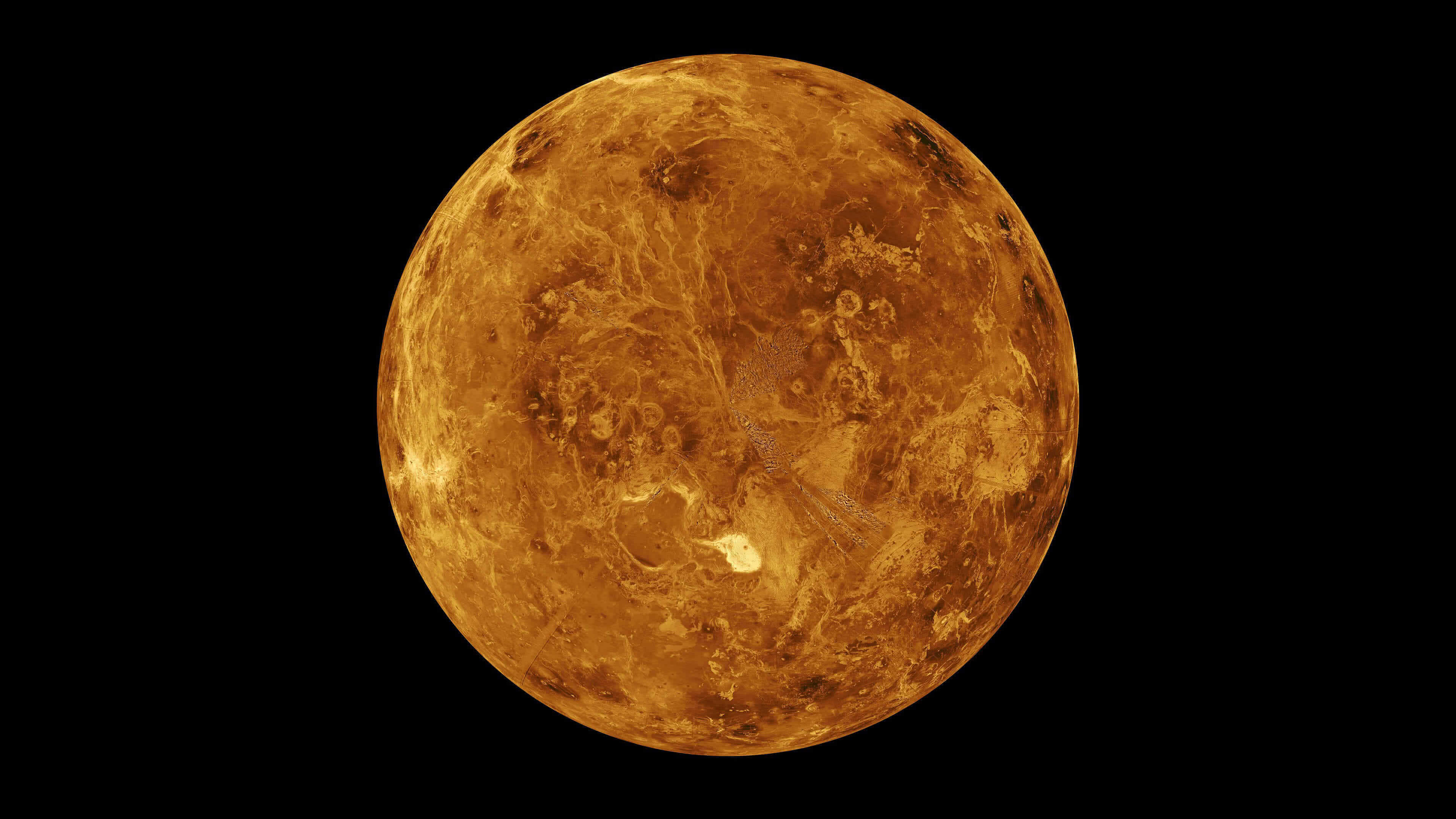



Mars is the red planet of the solar system.

The radius of the mars is 3 389.5 kilometers.

Mass of the mars is about 0.11 times of the earth.

Density of the mars is 3.93 g/cm³.

If we talk about gravity of the mars then it is 3.71 m/s².
The surface of Mars hosts a large shield volcano (Olympus Mons) and one of the largest canyons in the Solar System (Valles Marineris). Mars's significant orbital eccentricity and axial tilt cause large seasonal changes to the polar ice caps' coverage and temperature swings between -110 °C (-166 °F) to 35 °C (95 °F) on the surface. A Martian solar day (sol) is equal to 24.5 hours and a Martian solar year is equal to 1.88 Earth years.
Mars was formed approximately 4.5 billion years ago. During the Noachian period from about 4.1 to 3.7 billion years ago, Mars's surface was marked by meteor impacts, valley formation, erosion, and the possible presence of water oceans. The Hesperian period from 3.7 to 3.2-2 billion years ago was dominated by widespread volcanic activity and flooding that carved immense outflow channels. The Amazonian period, which continues to the present, was marked by the wind's influence on geological processes.









